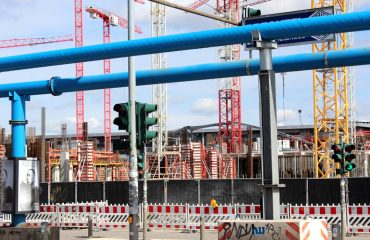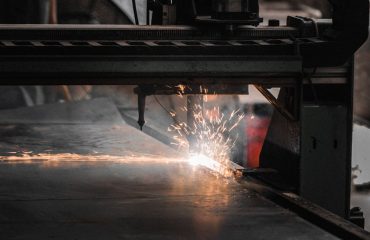Selecting the appropriate piping system for a chemical plant is a critical decision with far-reaching consequences for safety, efficiency, and operational costs. The wrong pipe material can lead to leaks, corrosion, contamination, and even catastrophic failures. This comprehensive guide will delve into the key factors to consider when choosing pipes for your chemical processing facility.
1. Understanding Chemical Compatibility: The Foundation of Pipe Selection
The most fundamental aspect of pipe selection is ensuring complete compatibility with the chemicals being processed. Different materials react differently to various chemicals. Some materials may be completely inert, while others may undergo degradation, corrosion, or even violent reactions. This requires a thorough understanding of the chemical properties of the substances involved, including their pH, temperature, concentration, and potential for reactivity. Material selection charts and datasheets provided by pipe manufacturers are invaluable resources. These charts typically list the chemicals a given material can safely handle, along with specific limitations regarding temperature and pressure. Consult with chemical engineers and material scientists to ensure accurate assessment and selection.
2. Pressure and Temperature Considerations: Withstanding Plant Demands
Chemical plants operate under diverse pressure and temperature conditions. Pipes must be able to withstand these conditions without failure or deformation. Pressure ratings are usually expressed in pounds per square inch (PSI) or bars. Temperature ratings indicate the maximum operating temperature for a given material without compromising its structural integrity or chemical resistance. Selecting pipes with adequate pressure and temperature ratings is paramount to prevent leaks, ruptures, and potential safety hazards. The design pressure and temperature of the system should always exceed the expected operating conditions, incorporating a safety factor to account for unexpected surges or fluctuations.
3. Corrosion Resistance: Protecting Against Degradation and Leaks
Corrosion is a major concern in chemical plants, leading to pipe degradation, leaks, and potential environmental contamination. The choice of pipe material significantly impacts its resistance to corrosion. Stainless steel, for example, offers excellent corrosion resistance in many applications. However, different grades of stainless steel possess varying degrees of corrosion resistance, depending on their chemical composition. Other materials, such as PVC, CPVC, and various alloys, offer different levels of corrosion resistance depending on the specific chemical environment. Consider factors like the presence of oxygen, moisture, and other corrosive agents when selecting a material. Regular inspection and maintenance programs are crucial to detect and address corrosion before it leads to serious issues.
4. Cost-Effectiveness and Lifecycle Analysis: Balancing Initial Investment with Long-Term Costs
While material compatibility and safety are paramount, cost-effectiveness is also a crucial consideration. Different pipe materials have different price points. High-performance materials like specialized alloys might offer superior corrosion resistance and longevity, but come with a higher upfront cost. A comprehensive lifecycle analysis is necessary to evaluate the total cost of ownership, considering factors like initial purchase price, installation costs, maintenance expenses, and potential replacement costs. A material with a higher initial cost but longer lifespan and lower maintenance needs might ultimately prove more cost-effective in the long run. This requires careful consideration of the expected lifespan of the piping system and the potential costs associated with downtime and repairs.
5. Regulatory Compliance and Industry Standards: Meeting Legal and Safety Requirements
Chemical plants are subject to stringent regulations and industry standards designed to ensure safety and environmental protection. Pipe selection must comply with these regulations, which often specify acceptable materials and construction practices. Standards such as ASME B31.1 (Power Piping) and ASME B31.3 (Process Piping) provide guidelines for the design, construction, testing, and inspection of piping systems in various industries, including chemical processing. Compliance with these standards is essential to ensure the safety and reliability of the piping system and to avoid potential legal penalties. Understanding these regulations and selecting materials that meet the required standards is crucial for responsible and compliant operation.
Choosing the right pipes for a chemical plant is a complex decision requiring careful consideration of various factors. This guide provides a framework for making informed decisions, but it’s crucial to consult with experienced engineers and material specialists to ensure the selection of the most suitable materials for your specific application. Always prioritize safety, compliance, and long-term cost-effectiveness.
SEO Tags:
- Chemical plant piping
- Pipe material selection
- Chemical compatibility piping
- Corrosion resistant pipes
- Process piping standards




